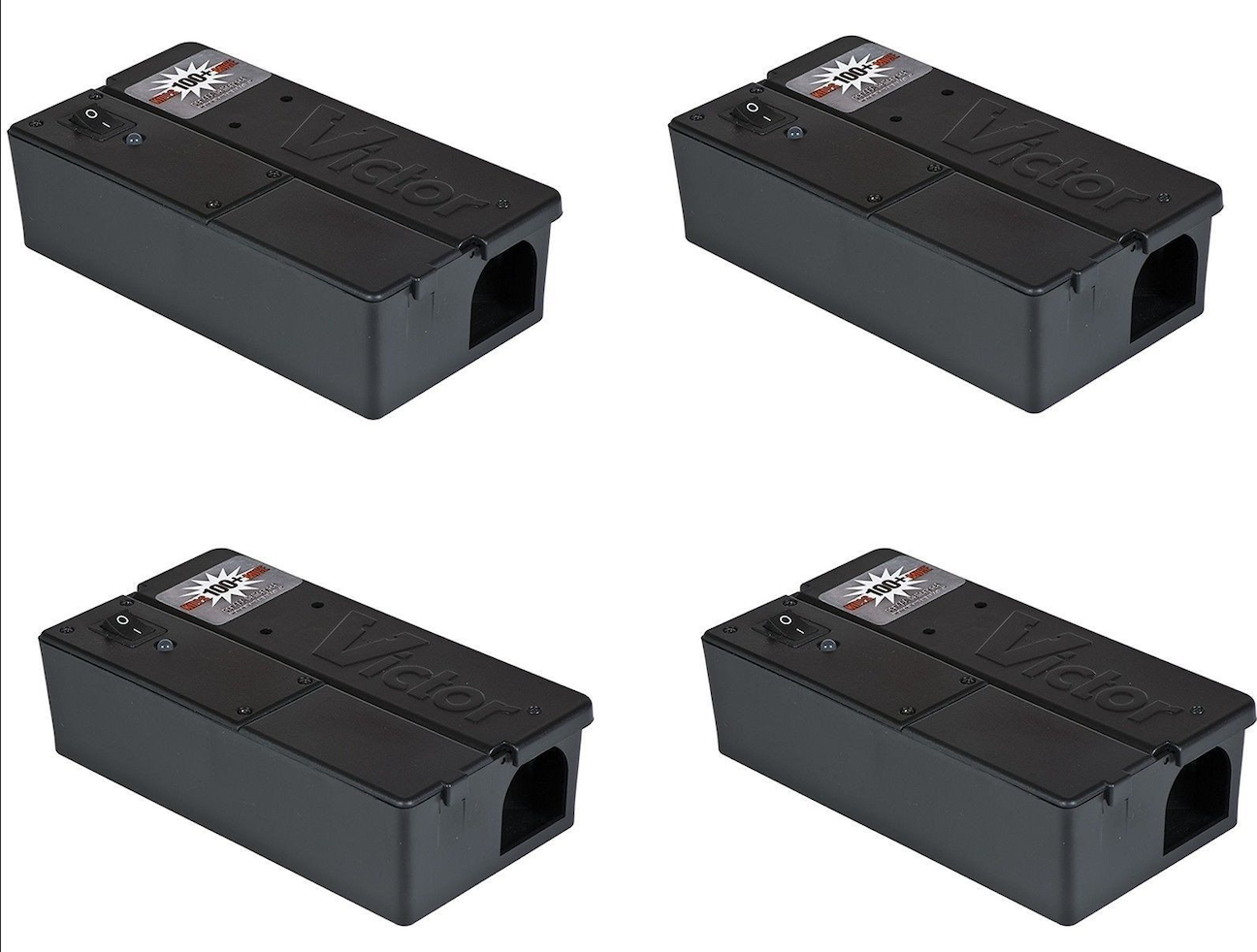7 Mouse Baits that Don’t Actually Work
by 23/01/2020 06:170

When trapping mice, you need to find something that is very irresistible for them. You have to make the right preparations such as cleaning the areas out and eliminating food sources to lead them towards the trap. You also need to find the right location and have the right number of traps to set.
But what works as the best bait to draw them in. There are some misconceptions floating about when looking at baits for mice. Let us clear those misconceptions as we look at the worst things that you can use for mouse bait.
1. Cheese
While popularized in many works on television, cheese is not the ideal lure for mice. If anything, they avoid cheese in favor of other food items. The only time they would turn towards cheese is when there is nothing else to consume.
Instead of using cheese as bait, consider using something else. Mice tend to go for seeds, grains, sweets, and even meat. Consider going for similar food items as bait, such as chocolate or fruit. You can also use sunflower seeds or pumpkin seeds to bait them.
2. Spreadable Cheese
We mentioned cheese earlier, but what about spreadable cheese? More so that you rather not use them as bait. Not only does cheese not work as bait, but spreadable cheese can also be pretty messy to handle and use.
Though while there are soft cheeses that can bring mice in, cheese does not work well in general. Consider using a different bait instead of this one.
3. Dog Food
One of the items that get targeted by mice happens to be dog food. Although in this case, a specific type of dog food works perfectly as bait. That would be wet dog food.
As dog food has bits and portions made of meat, it works well to attract mice. Having a small portion of wet dog food as bait and you have an effective trap capable of luring mice into the mousetrap. Mice can get water in food items, making wet dog food as a favorable option over dry dog food.
With that said, it would be best to use wet instead of dry dog food. If you only have dry dog food, consider a different option as bait for mouse traps.
4. Cat Food
While we have to separate the two of them, it is also the same case. Dry cat food may work but not exactly as effective as wet cat food.
Just like dog food, wet cat food would have bits and parts made with meat. This becomes an attractive option for mice as they favor meat among other food items that they always go for. When setting up a trap to capture mice, use a small portion.
When handling both cat and dog food as bait, be wary of how you handle it. Being close to pets can ruin them as bait options. In this case, the scent of the animals may end up getting transferred toward the bait and the trap. This ruins the bait and would end up repelling the mice instead of drawing them into the mousetrap.
5. Bacon from Jars or Cans
Bacon happens to be one of those food items that would work well as mouse bait. The only time they become ineffective is in the preparation, the type of bacon used, and how you handle it.
In this case, you can make bacon an effective bait. What you need for this is to use fresh ones instead of the ones in cans or jars. Also, for better effect, have them fried.
The only way that bacon, as a whole, fails as bait is if you handled it without using gloves or you end up putting too much of it. It will only result in either the trap misfiring or the trap not springing at all (if you put too much). Or it may end up repelling the mice instead (due to your scent ruining the bait).
6. Peanut Butter
While peanut butter is an effective item when used as mouse bait, there is one possible reason why it can also backfire. It falls on the handling of the bait. If in the event that you put peanut butter without proper handling or portioning, you end up with a mishandled bait that would not yield you any mice.
To make sure that peanut butter works as bait, make sure to have a small portion the size of a pea. This helps to ensure that they trigger the trap. Chunky peanut butter works better as it has peanut bits in it.
Also, make sure to wear gloves when applying peanut butter into the trap. Doing this barehanded will only sabotage your efforts.
7. Rat Poison
This one is a two-edged sword. On one end, you have a potent means of killing mice. Nothing escapes it as they die. The only problem here is that it poses a lot of risks and disadvantages, making it the worst means to trap and eradicate mice.
One, rat poison is harmful to everyone. Whether it is for mice, it is harmful to pets and humans alike. It can be lethal if you are not careful. The mouse-catching enthusiast MrMouseTrapper recommends against using rat or mice poison.
Second, when you place rat poison in spots where mice frequent, you don’t expect them to step out of their nests and hiding places (such as from inside the drywall) before dying. They can simply die outright. If left alone, their carcasses would leave a stench that could last long without removing them. This becomes a health risk for everyone at home.
Instead of using rat poison, consider other alternatives in trapping instead.
Use the Best Mouse Trap and Bait Combination Today
The best baits work well with a mix of proper handling and portioning. Do not buy into the myths when it comes to setting mouse traps. Instead, look at the facts and pay attention to how mice behave. Pick the right bait and set enough traps to catch them.
If it seems too tricky, consider calling pest control professionals. They come with expert skill and better equipment for addressing the mice infestation.



